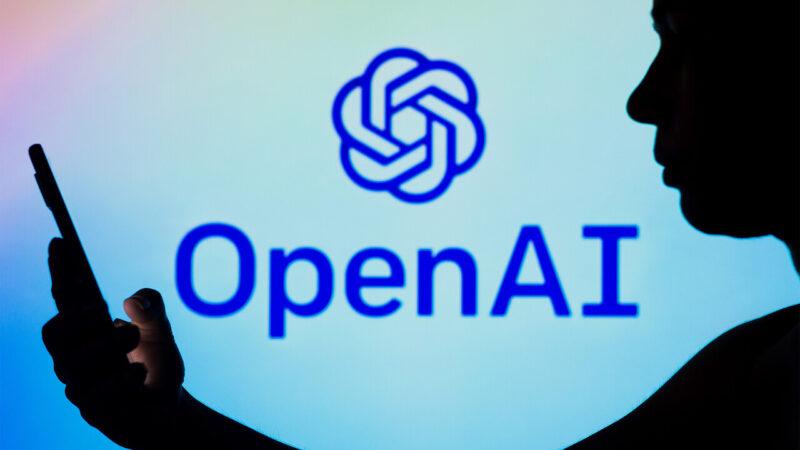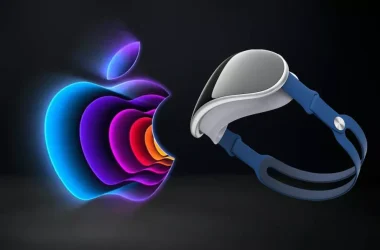Microsoft has announced plans to integrate OpenAI’s GPT-3-powered language model, known as ChatGPT, into its Azure cloud platform. This move will allow developers to easily access and utilize the advanced natural language processing capabilities of ChatGPT in their own applications and services.
Azure Cloud is a cloud computing platform offered by Microsoft. It provides a wide range of cloud-based services, including virtual machines, storage, databases, networking, analytics, and more. Azure is a public cloud platform, which means that users can access its services over the internet.
Azure allows users to quickly and easily provision computing resources on demand, scale up or down based on their needs, and pay only for what they use. It also offers built-in security and compliance features, as well as tools for monitoring and managing resources.
ChatGPT is a state-of-the-art language model that has been trained on a massive dataset of text, allowing it to generate highly realistic and human-like responses to a wide range of prompts. The model has been shown to perform well in tasks such as language translation, text summarization, and question-answering.
With the integration of ChatGPT into Azure, developers will be able to use the model to build a wide range of applications, such as chatbots, virtual assistants, and language-based analytics tools. They will also be able to take advantage of the scalability and reliability of Azure to deploy these applications at a large scale.
One of the key advantages of ChatGPT is its ability to understand and respond to context. This makes it well-suited for use in conversational applications, such as chatbots and virtual assistants. Developers can use the model to generate highly accurate and natural-sounding responses to user inquiries, providing a more seamless and human-like experience for users.
The integration of ChatGPT into Azure will also enable developers to build more advanced language-based analytics tools. For example, the model can be used to analyze large volumes of text data and extract insights that would be difficult for humans to identify. This could be used to improve customer service, for example by identifying patterns in customer complaints and feedback.
Business applications of GPT-3 on Azure Cloud
GPT-3 is a powerful language model that can generate natural language text, answer questions, and complete tasks such as language translation, summarization, and text classification. The following are some potential business applications of GPT-3 on Azure Cloud:
- Chatbots: GPT-3 can be used to power conversational chatbots that can help businesses provide personalized customer service, answer frequently asked questions, and streamline customer interactions.
- Content creation: GPT-3 can be used to generate content such as blog posts, product descriptions, and social media updates. This can help businesses save time and resources on content creation while ensuring high-quality output.
- Language translation: GPT-3 can be used to translate text between languages. This can be particularly useful for businesses that operate in multiple countries or have a diverse customer base.
- Sentiment analysis: GPT-3 can be used to analyze customer sentiment in social media posts, reviews, and other sources of customer feedback. This can help businesses identify areas for improvement and develop more effective marketing strategies.
- Data analysis: GPT-3 can be used to analyze unstructured data such as customer feedback, online reviews, and social media posts. This can help businesses gain insights into customer preferences, market trends, and other key factors that can inform business strategy.
- Personalization: GPT-3 can be used to personalize marketing messages and recommendations based on customer data such as past purchases and browsing history. This can help businesses improve customer engagement and increase sales.
This move by Microsoft is not only a step towards the integration of GPT-3 but also a strategic move to stay ahead in the race of cloud-based AI services. With ChatGPT, Microsoft is positioning itself to be a leading provider of AI-powered services, and this could give the company an edge over its competitors in the cloud computing market.
There are some concerns surrounding the integration of GPT-3 models like ChatGPT into cloud platforms. One of the main concerns is the potential for misuse of the technology. GPT-3-powered language models can be used to generate highly realistic and convincing fake news, deepfakes, and other forms of misinformation. Microsoft will need to take steps to mitigate these risks, such as implementing strict controls over access to the model.
Another concern is the ethical implications of using such advanced AI models in applications and services. There are questions about the impact that these models could have on jobs, as well as the potential for bias and discrimination. Microsoft will need to consider these issues carefully as they work to integrate ChatGPT into Azure.
Future of GPT-3 on Azure Cloud
Currently, GPT-3 is available on Azure Cloud as a part of the Azure Cognitive Services suite, which offers APIs for natural language processing (NLP) tasks such as language translation, sentiment analysis, and text analytics. This means that developers can use GPT-3’s capabilities to enhance their applications’ language processing capabilities.
Given the popularity and success of GPT-3, it’s likely that Microsoft will continue to invest in integrating it into their products and services. This could mean expanding its functionality within Azure Cognitive Services, or offering GPT-3 as a standalone product on Azure Cloud.
Microsoft is also heavily investing in the development of its own language model, Microsoft Turing, which could potentially rival GPT-3’s capabilities in the future. It’s possible that Microsoft could shift its focus towards promoting Turing instead of GPT-3.
Despite these concerns, the integration of ChatGPT into Azure is a significant step forward for the field of AI and natural language processing. The advanced capabilities of the model will allow developers to build a wide range of new and innovative applications, and the scalability and reliability of Azure will enable these applications to be deployed on a large scale. This move by Microsoft is an exciting development for the field of AI, and it will be interesting to see how developers take advantage of the new capabilities that ChatGPT will bring to Azure.
In conclusion, Microsoft’s plan to integrate OpenAI’s GPT-3-powered language model, known as ChatGPT, into its Azure cloud platform is a major move in the field of AI and natural language processing. The integration of ChatGPT into Azure will allow developers to easily access the advanced natural language processing capabilities of ChatGPT, enabling them to build a wide range of new and innovative applications, such as chatbots, virtual assistants, and language-based






